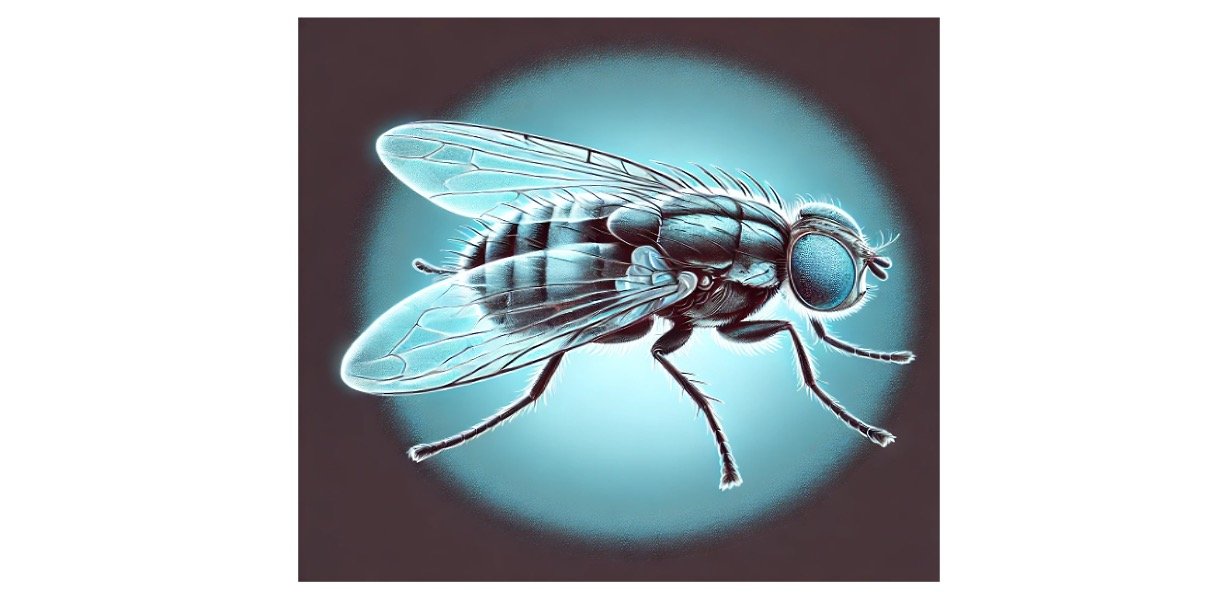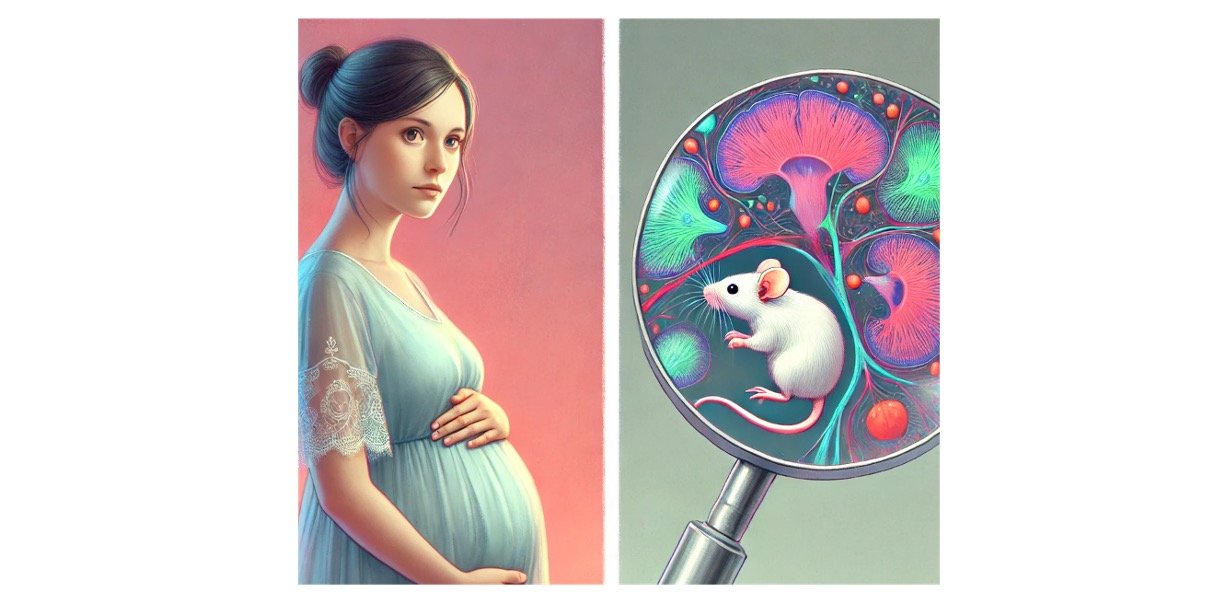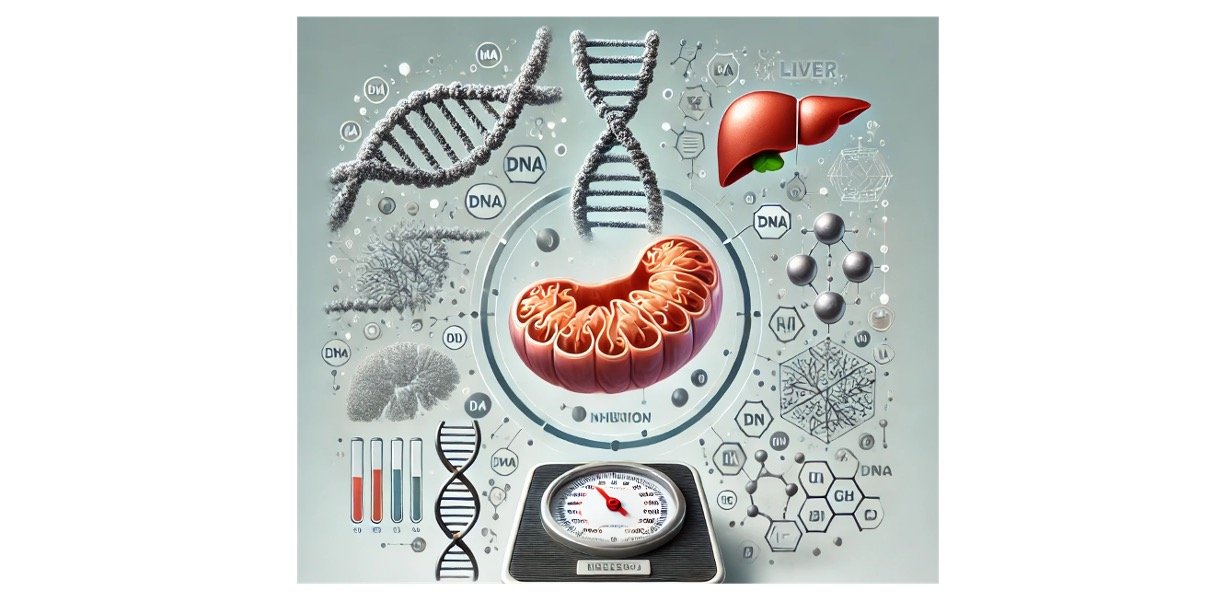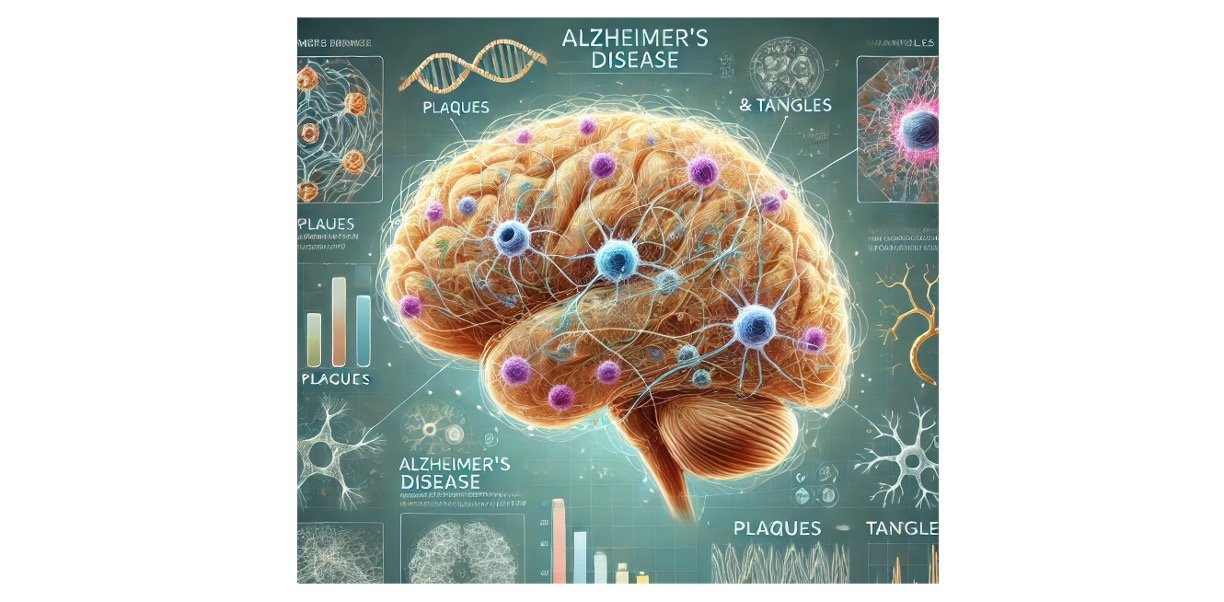What are Monocistronic mRNA?
Monocistronic mRNA is a mRNA that encodes just a single protein and all eukaryotic mRNAs are monocistronic.
The improvement of the develop monocistronic eukaryotic record includes a few diverse handling steps.
Heterogeneous nuclear RNA (hnRNA) refers to the large pre‐mRNAs of various nucleotide sequences transcribed by RNA Polymerase II.
hnRNA transcription is only a small portion of the transcription which occurs in the nucleus.
Up to 90% of the transcription is for the production of rRNA. But if we limit our discussion to hnRNA some important observations can be made.
First, the complexity of the hnRNA is 4 to 10 times greater than that of the mRNA. This suggest two possibilities.
One, we already know and that is that splicing of genes reduces the size of the final mRNA product in comparison to the original transcript. But this does not account completely for the differences in complexity.
Monocistronic mRNA Features
The majority of the difference appears to be accounted for by destruction of hnRNAs before they develop into mature mRNAs.
hnRNAs are a broad class of products:
• Average size – 8000 – 10,000 bases
• Range – 2000 – 14,000 bases
Since the mean mRNA length is 1800-2000 bases, a sustainable amount of cutting must occur. hnRNA doesn’t really exist in the core as bare RNA however is really connected with protein.
This complex is assigned hnRNP and is called heteronuclear ribonuclearprotein.
hnRNP is related with the nuclear matrix. Since chromatin is connected to the nuclear matrix it appears to be intelligent that the essential transcript will likewise get appended to the matrix soon after transcription.
Processing of Monocistronic mRNA
The lifetime of hnRNA is very short generally from one minute to one hour and no more. The initial phase in handling is the expansion of a cap.
The cap is a 5′ methyl guanosine that is added following the beginning of transcript. Capping happens so rapidly that we seldom see the original 5′ base of the message.
The linkage between the 5′ methyl guanosine isn’t the commonplace 5′- 3′ linkage yet is a 5′- 5′ linkage. The reaction is catalyzed by the enzyme guanylyl transferase.
The guanosine that is attached is consistently methylated at the 7 situation of the guanine base (7mG). This is called cap 0.
Likewise, a methyl bunch is added to 2′- OH of the first base in the mRNA. This is catalyzed by 2′- O-methyl-transferase, and this methyl group is alluded to as cap 1.
Other methylations can takes place, however we will not think about them. About 25% of hnRNA in the end develops in polyadenylated mRNA.
Not all mRNAs are polyadenylated. The histone mRNAs are a remarkable exemption for the standard. In the event that an inhibitor of polyadenylation is added to a response hnRNA isn’t changed over into mRNA.
In this way polyadenlyation is a prerequisite for mRNA to show up.
End of transcription isn’t perceived in any way. One succession that is invariant in eukaryotic mRNA is the sequence 5′- AAUAAA-3′ that is seen around 10-30 bp upstream of the poly A tail.
The inquiry that this raises is whether this sequence is needed for polyadenylation. Erasures or mutation of this sequence will kill polyadenylation.
Yet, astounding, point mutation incredibly decreased the quantity of molecules that are divided.
In any case, those that are separated are polyadenylation. Consequently, this sequence is by all accounts needed for cleavage of the essential transcript.
The poly-A tail is added by the compound poly(A) polymerase.
Monocistronic mRNA Characteristic
Monocistronic mRNAs are the standard mRNAs in eukaryotic cells are perpetually monocistronic, and the size of the mRNA is normally corresponding to the length of the encoded protein.
This is genuine likewise of most plant and animal viral mRNAs, despite the fact that there are, among viral messenger, a few exemptions for the monocistronic rule.
These mRNAs are basically polycistronic: they encode at least two overlapping proteins. Anyhow, in every such case, save one, interpretation is restricted to the 5′- proximal cistron.
(The solitary archived special case is simian virus 40 late 16 SmRNA, in which the 62-aminoacid “agnoprotein” is encoded up-stream from capsid protein VP1 and the two proteins are translated.
These mRNAs are in this manner adjust to the standard for eukaryotes in that they are practically monocistronic. Few eukaryotic mRNAs comprise a third category.
These mRNAs encode and express two proteins. Much of the time, these outcomes from commencement at the first and second AUG trios – interestingly with most of eukaryotic mRNAs.
Monocistronic Rule
The 5′- proximal AUG works as aninitiator codon. Considering the scarcity, they present just a minor inconsistency to the monocistronic rule.
The monocistronic rule for gene expression in eucaryotes states not just that a single mRNA coordinates synthesis of a single protein yet in addition that the protein encoded nearest to the 5′ end is the one that gets expressed.
This remains constant for the entirety of the naturally occurring viral mRNAs recorded, just as for misleadingly constructed messengers that encode two proteins.
The 5′- terminal restriction is imposed not by the structure of eukaryotic mRNAs yet rather by the properties of eukaryotic ribosomes.
This was astutely shown by brooding wheat germ ribosomes with a polycistronic mRNA from bacteriophage lambda.
Though E.coli ribosomes promptly translate the first and second cistrons in that message, wheat germ ribosomes decipher just the first.
Inability to decipher down-stream cistrons suggests that eukaryotic ribosomes can neither tie straightforwardly to internal initiation sites nor reinitiate at a subsequent cistron in the wake of crossing the first.
Plainly, eukaryotic ribosomes work under restrictions that don’t happen in procaryotes.
The failure of eukaryotic ribosomes to start at destinations in the inside of a message implies that eukaryotic cells can’t organize synthesis of a bunch of proteins by grouping the genes behind a single transcriptional promoter.
Polycistronic transcripts, which are the transcendent regulatory device utilized by procaryotes, won’t work in eucaryotes.
Taking into account this restriction, it is fascinating to ask what compensatory mechanism eukaryotic cells have formulated to organize gene expression.
Eukaryotic genes are sometimes fused, hence creating, in lieu of a polycistronic mRNA, a “polyprotein” which is gotten from a single longsome cistron.
Monocistronic mRNA Example
Tryptophan synthetase is one such model: the alpha subunit (Mr28,727) and 32 subunit (Mr42,756), which are encoded by isolated genes in E.coli, are fused in S. cerevisiae to form a bifunctional protein of Mr76,000.
Different instances of fused genes encoding multifunctional proteins are the arom gene cluster in Neurospora, which incorporates five enzymes associated with the polyaromatic biosynthetic pathway, and the his4 gene in S.cerevisiae which encodes a trifunctional protein.
Maybe the most noteworthy model is mammalian unsaturated fatty acid synthetase (Mr240,000), which relates to a set of 7 individual polypeptides in E.coli (2%).
Albeit the reasoning behind gene combination is more managable to speculating than to experimentation, it is conceivable that fusion of genes makes up for the failure of eukaryotic ribosomes to utilize polycistronic transcripts for the coordinate synthesis of polypeptides.
Monocistronic mRNA Citations
- Translation of the RNAs of brome mosaic virus: the monocistronic nature of RNA1 and RNA2. J Mol Biol . 1976 May 5;103(1):77-88.
- Gene Gangs of the Chloroviruses: Conserved Clusters of Collinear Monocistronic Genes. Viruses . 2018 Oct 20;10(10):576.
- Identification of novel monocistronic HTLV-1 mRNAs encoding functional Rex isoforms. Retrovirology . 2015 Jul 2;12:58.
- A promoter within the E6 ORF of human papillomavirus type 16 contributes to the expression of the E7 oncoprotein from a monocistronic mRNA. J Gen Virol . 2003 Dec;84(Pt 12):3429-3441.
Share









